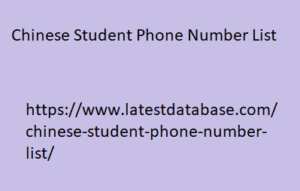|
|
This boosts your chances of ranking highly for your chosen keywords. Using a Keyword Research Tool for On-Page SEO I have longer guides on the types of keywords you should look at, and another on how to do keyword research you can follow for this step. 2. High-Quality Content Creation Quality content is the keystone of on-page SEO. It is, after all, fundamental to the selling point of Google — which is that it is the go-to place to find answers to your questions. It’s why Google pushes Helpful Content Updates every so often. So, your content must meet Google’s standards of quality in order to make it to the top. To do that, your content must be authoritative, valuable to the reader, and deliver on the promises made by your meta tags and headings.
Originality: Your content must be unique and offer fresh insights. Relevancy: It should align with your target user’s intent and be updated regularly. Engagement: Content must encourage users to spend time on your site and interact with your offerings. Creating Chinese Student Phone Number List content that exceeds user expectations can dramatically bolster your SEO as it can directly affect user engagement metrics and boost the credibility of your site. Webmaster’s Note: Beyond making sure all new content is high-quality, however, is ensuring all of your existing content is also up to par. I’ll be covering that in part four of this series, so keep an eye out for that.

3. URL Structure URLs are not only a ranking factor but also enhance the user experience when structured logically. Features of an Effective URL Structure: Concise and Descriptive: A URL should be concise and explain your page content. No stop words. Keyword Inclusion: A relevant keyword can enhance a URL’s performance. Use Hyphens instead of Underscores: Conventional use dictates using hyphens to separate words. A clear URL helps users and search engines make sense of the page’s content before they even reach it. Here’s an example of a bad URL slug. Example of Bad URL Structure And here’s an example of a good, optimized one. Example of Good URL Structure 4. Title Tag and Headings I find that certain practices for these two elements give the most benefit to a page’s SEO.
|
|